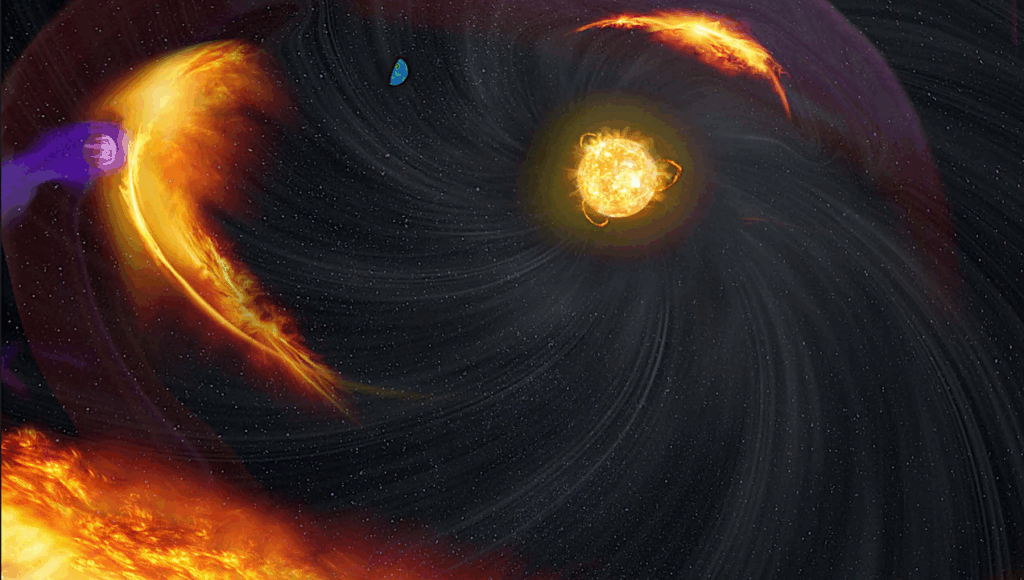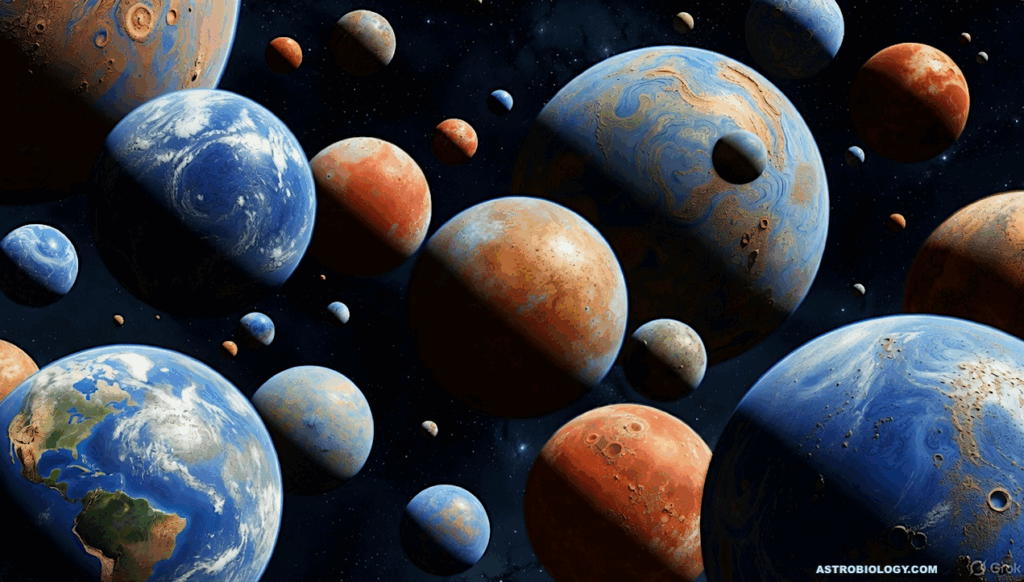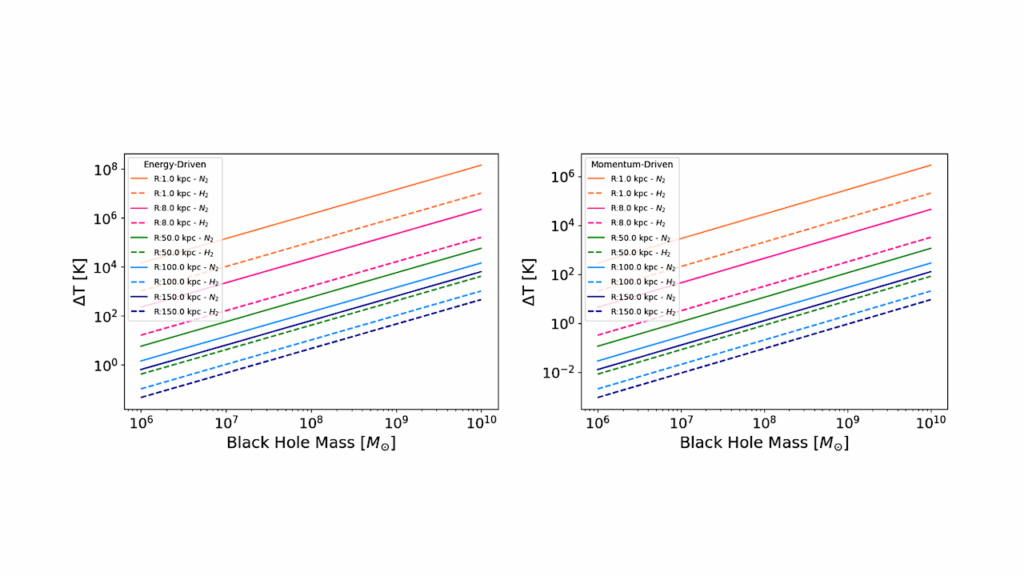Star-planet magnetic interaction and evaporation of planetary atmospheres

Stars interact with their close-in planets through radiation, gravitation, and magnetic fields. We investigate the energy input to a planetary atmosphere by reconnection between stellar and planetary magnetic fields and compare it to the energy input of the extreme ultraviolet (EUV) radiation field of the star.
We quantify the power released by magnetic reconnection at the boundary of the planetary magnetosphere that is conveyed to the atmosphere by accelerated electrons. We introduce simple models to evaluate the energy spectrum of the accelerated electrons and the energy dissipated in the atmospheric layers in the polar regions of the planet upon which they impinge. A simple transonic isothermal wind flow along field lines is considered to estimate the increase in mass loss rate in comparison with a planet irradiated only by the EUV flux of its host star. We find that energetic electrons can reach levels down to column densities of 10^{23}-10^{25} m^{-2}, comparable with or deeper than EUV photons, and increase the mass loss rate up to a factor of 30-50 in close-in (< 0.10 AU), massive (> 1.5 Jupiter masses) planets.
Mass loss rates up to (0.5-1.0)x10^{9} kg/s are found for atmospheres heated by electrons accelerated by magnetic reconnection at the boundary of planetary magnetospheres. On the other hand, average mass loss rates up to (0.3-1.0)x10^{10} kg/s are found in the case of magnetic loops interconnecting the planet with the star. The star-planet magnetic interaction provides a remarkable source of energy for planetary atmospheres, generally comparable with or exceeding that of stellar EUV radiation for close-in planets. Therefore, it must be included in models of chemical evolution or evaporation of planetary atmospheres as well as in modelling of light curves of transiting planets at UV wavelengths.
A. F. Lanza (Submitted on 9 Jul 2013)
Comments: 13 pages, 8 figures, accepted by Astronomy and Astrophysics
Subjects: Earth and Planetary Astrophysics (astro-ph.EP); Solar and Stellar Astrophysics (astro-ph.SR)
DOI: 10.1051/0004-6361/201321790
Cite as: arXiv:1307.2341 [astro-ph.EP]
(or arXiv:1307.2341v1 [astro-ph.EP] for this version) Submission history
From: Antonino Francesco Lanza [view email] [v1] Tue, 9 Jul 2013 06:25:47 GMT (1337kb)








